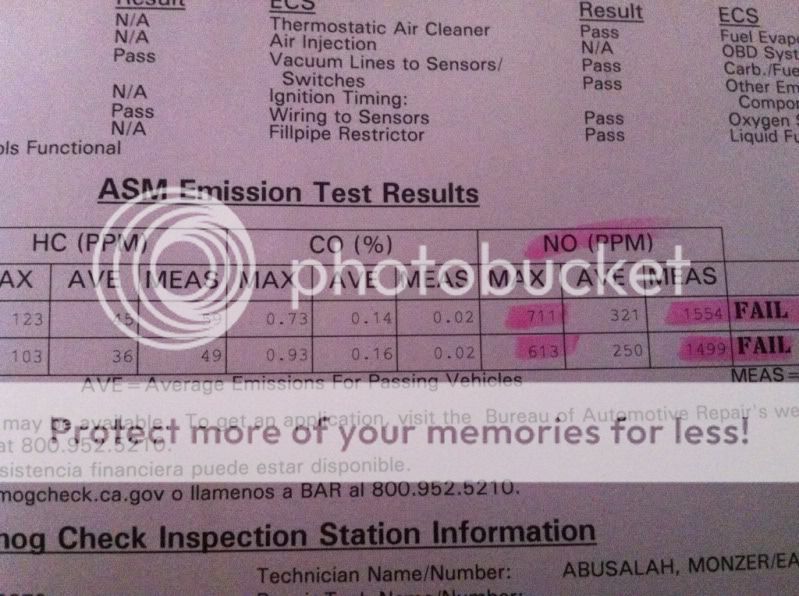Warm the engine to normal operating temperature.
Operate engine at idle speed.
Check vacuum at solenoid vacuum source.
Disconnect the hose and attach a vacuum gauge to it.
Vacuum should be at 15 inches.
If vacuum is low, check the line for kinks, twists, or a loose connection at vacuum connector on intake manifold.
If vacuum is ok, remove gauge, reconnect the line and proceed to next step.
Check vacuum at solenoid output port.
Disconnect the line and attach a vacuum gauge to output port. Vacuum reading should be 0 at this side of solenoid.
If vacuum reading is 0, leave the gauge connected and proceed to the next step. However, if vacuum is present check solenoid/ECU operation with the DRB-ii tester.
Disconnect electrical connector at solenoid and note vacuum at output port. Vacuum should now be present at output port.
If vacuum is present, proceed to EGR valve test. However, if vacuum is not present, replace the solenoid. Test the EGR valve as follows:
Leave solenoid electrical connector disconnected. Note the engines idle speed.
The engine should idle roughly or stall. If this occurs the valve is ok. If the idle does not change, proceed to next step.
Disconnect hose from the EGR valve and connect a hand vacuum pump to EGR nipple.
Apply a minimum of 12" of vacuum to the valve and note engine idle. If engine now idles rough inspect the vacuum line between the EGR valve and the solenoid.
If the idle did not change, remove the EGR valve and inspect the valve and the exhaust passage in the manifold for blockage, repair as necessary. If no blockage is present replace the EGR valve.
Vacuum Transducer Testing as follows:
Disconnect the transducer vacuum lines and back pressure line. Remove transducer.
Plug transducer output port. Apply 1-2 PSI air pressure to transducer back pressure port. Air pressure can be supplied with a hand operated air pump or compressed air (regulated to correct pressure). Apply a minimum of 12” of vacuum to the input port.
Replace transducer if it will not hold vacuum.




